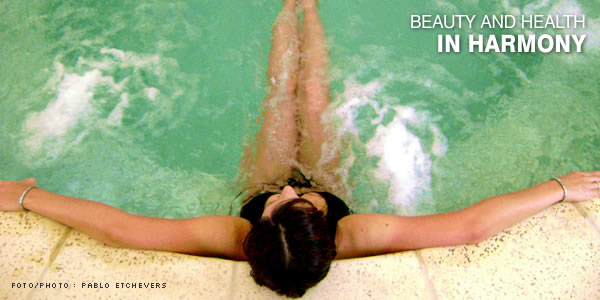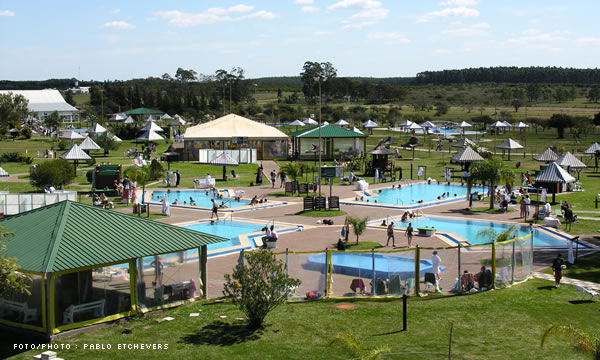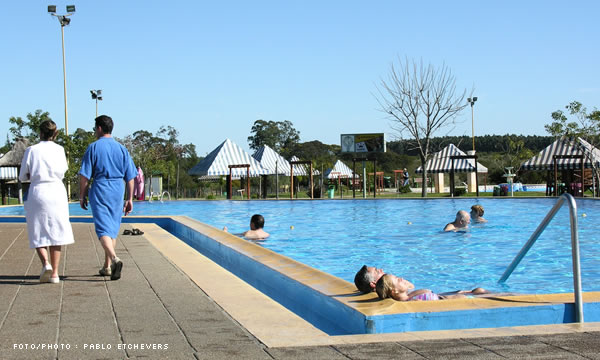
Hot spring waters have attracted men since time immemorial. The Incas used to come all the way down from Cuzco (Upper Peru) to have a bath in these water bodies they used to consider sacred and which spread along the Andes Mountain Range.
These visits left vestiges such as Termas de Reyes (the Kings' Hot Springs) in Jujuy and Puente del Inca (Inca's Bridge) in Mendoza. Year after year, they are visited by thousands of tourists who have substituted the sacred origin of the waters with the medicinal and therapeutic properties of modern medicine.
After the Second World War, hydrotherapy began to develop along with a significant group of techniques used as a unique medicine method: vapors, algae, mud and clay in their most natural state. Massage was the only application system.
Hydrotherapy (the use of water for therapeutic purposes) has been developing and growing. Though in a broader sense of the word, hydrotherapy includes all methods, it is possible to make a difference between the use of mineral-medicinal waters (medical hydrology or crenotherapy) and the use of seawater (thalassotherapy).

Thermal therapy is an activity that makes use of the various thermal-mineral-medicine sources and their derivatives (waters, microorganisms and algae) with the possibility of combining them with sunshine, oxygen and the weather conditions. Benefits are obtained through various application techniques with different degrees of intensity, duration and frequencies established by a specialist doctor, whether with healing, preventive or rehabilitation purposes. All this is done in order to enhance the tourists' life quality.
Thermal tourism is suitable for healthy people who need to relax, as well as for people who present symptoms of various afflictions, such as respiratory problems, skin diseases, locomotive, circulatory or digestive disorders.
In the last few years, hot spring resorts have included spa and esthetic treatments in their structures. Thus, they have attracted new visitors of all ages.

© 2003-2025 Total or partial reproduction forbidden. Derechos de Autor 675246 Ley 11723
Who we are | Contact us | Press and Publicity | Terms and Conditions



